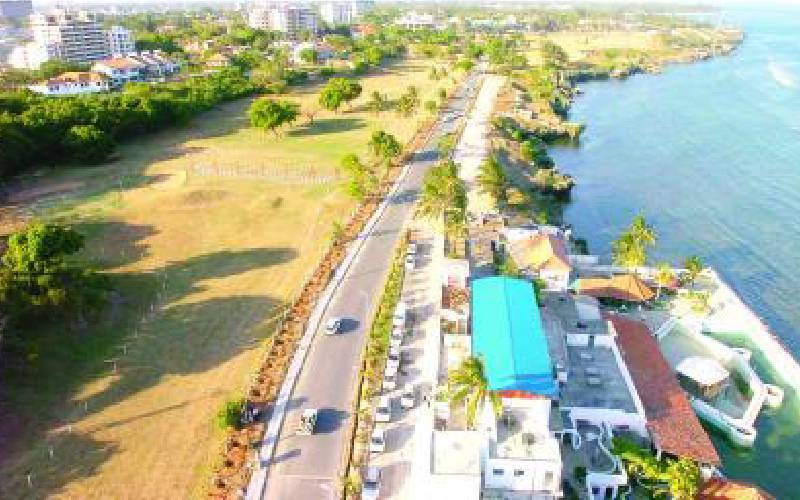×
The Standard e-Paper
Fearless, Trusted News

Archeologists now predict they will strike remains of three more mosques buried under the Mama Ngina Waterfront Park in Mombasa following recent discovery of a 13th century one.